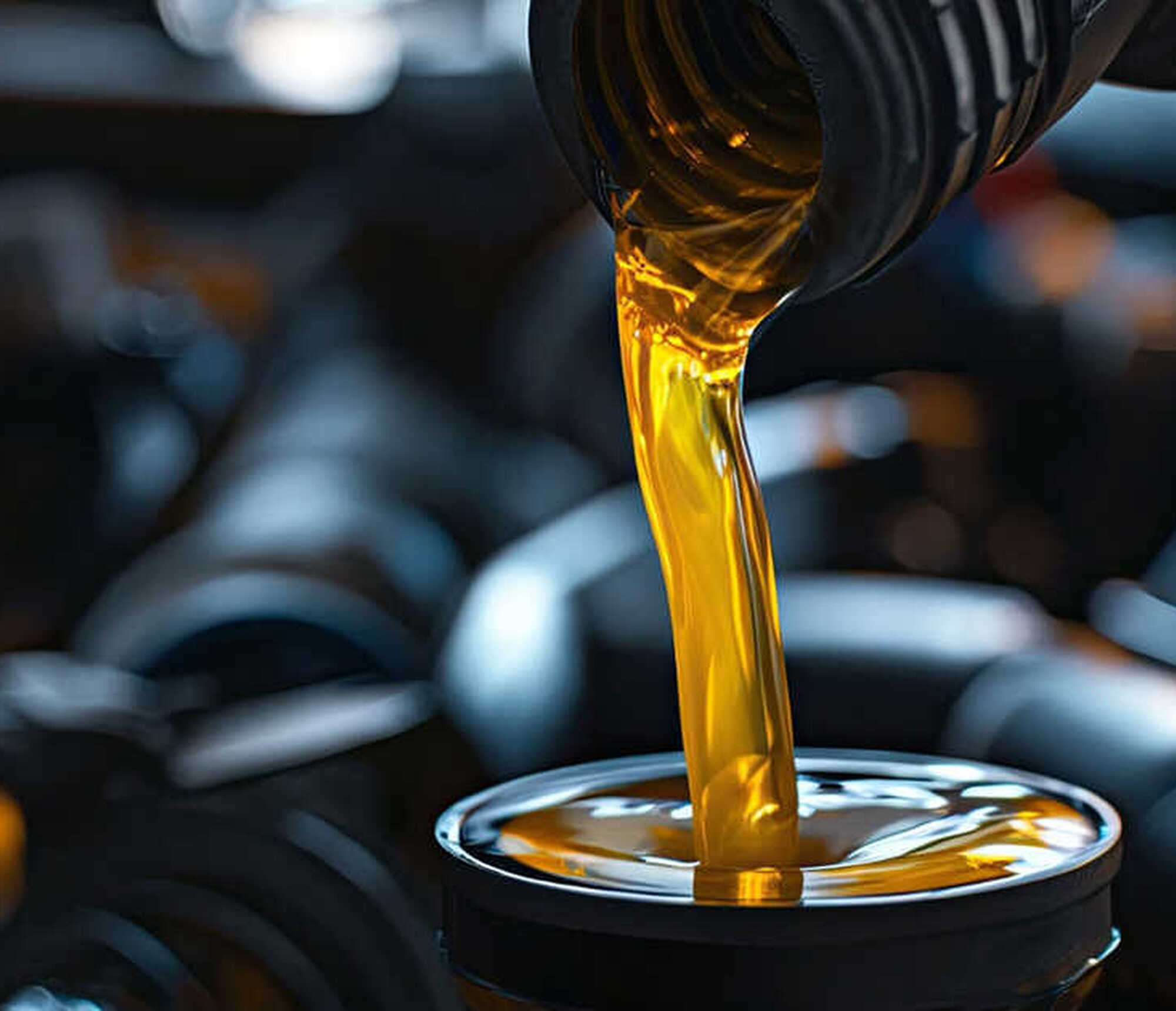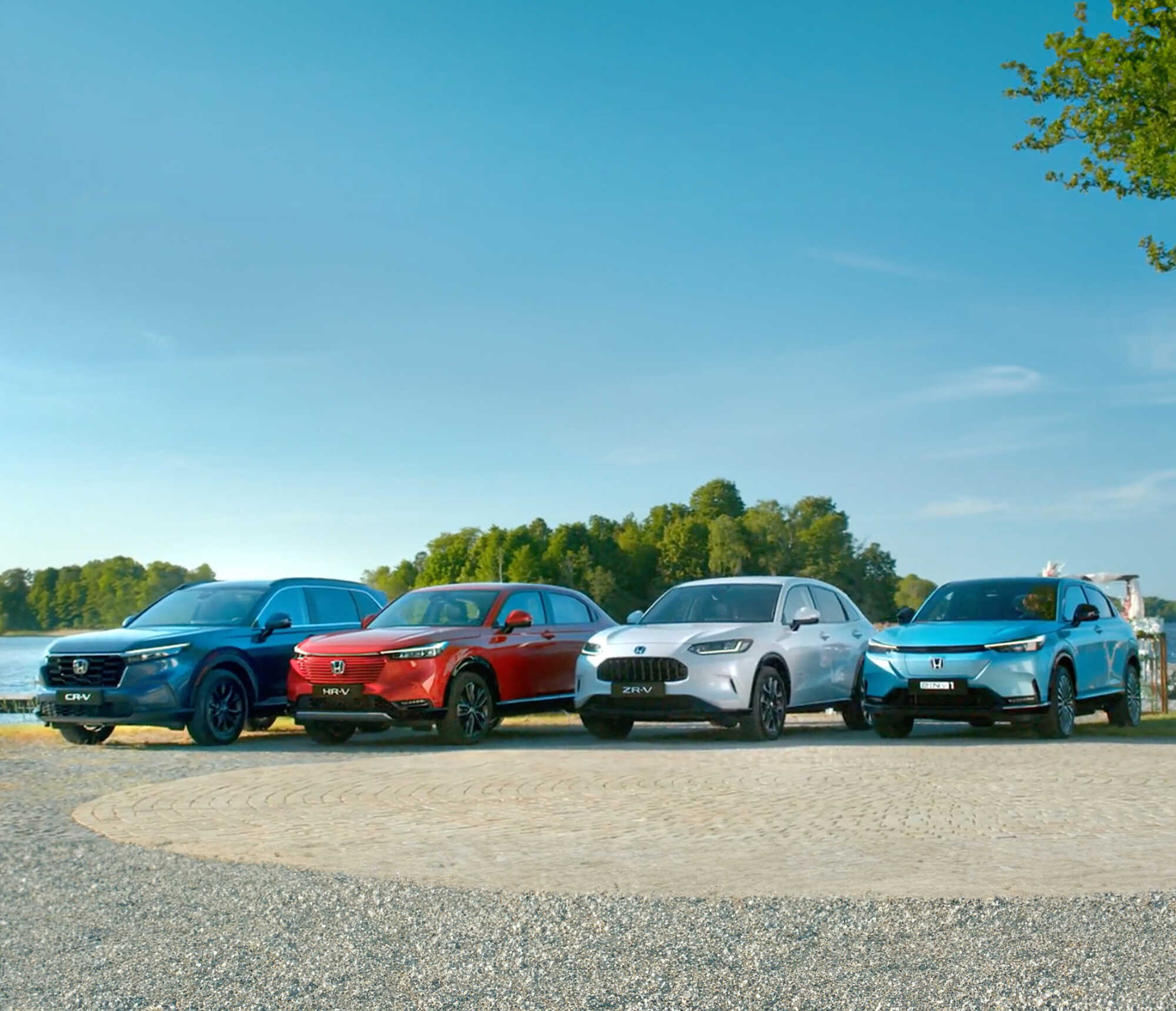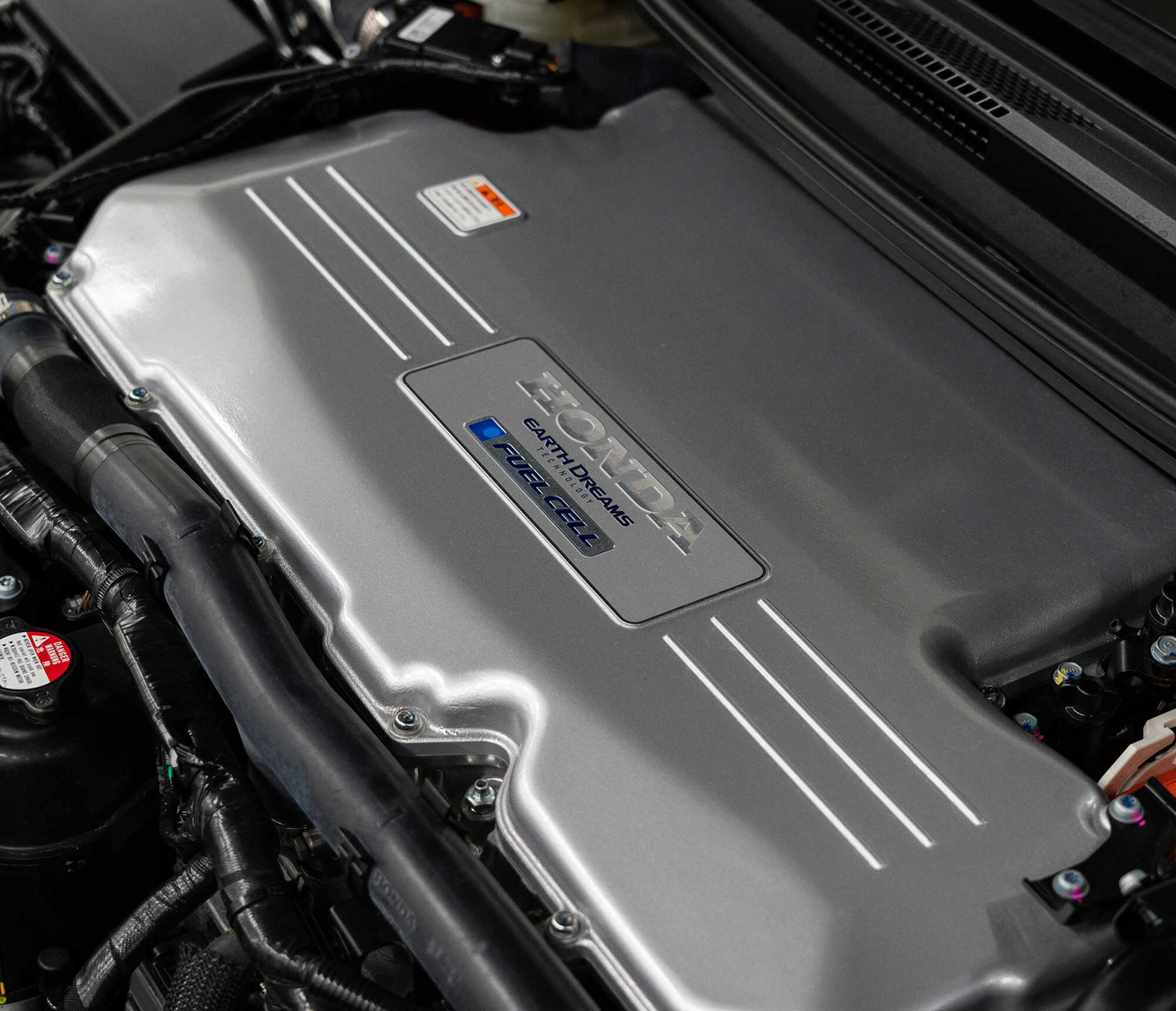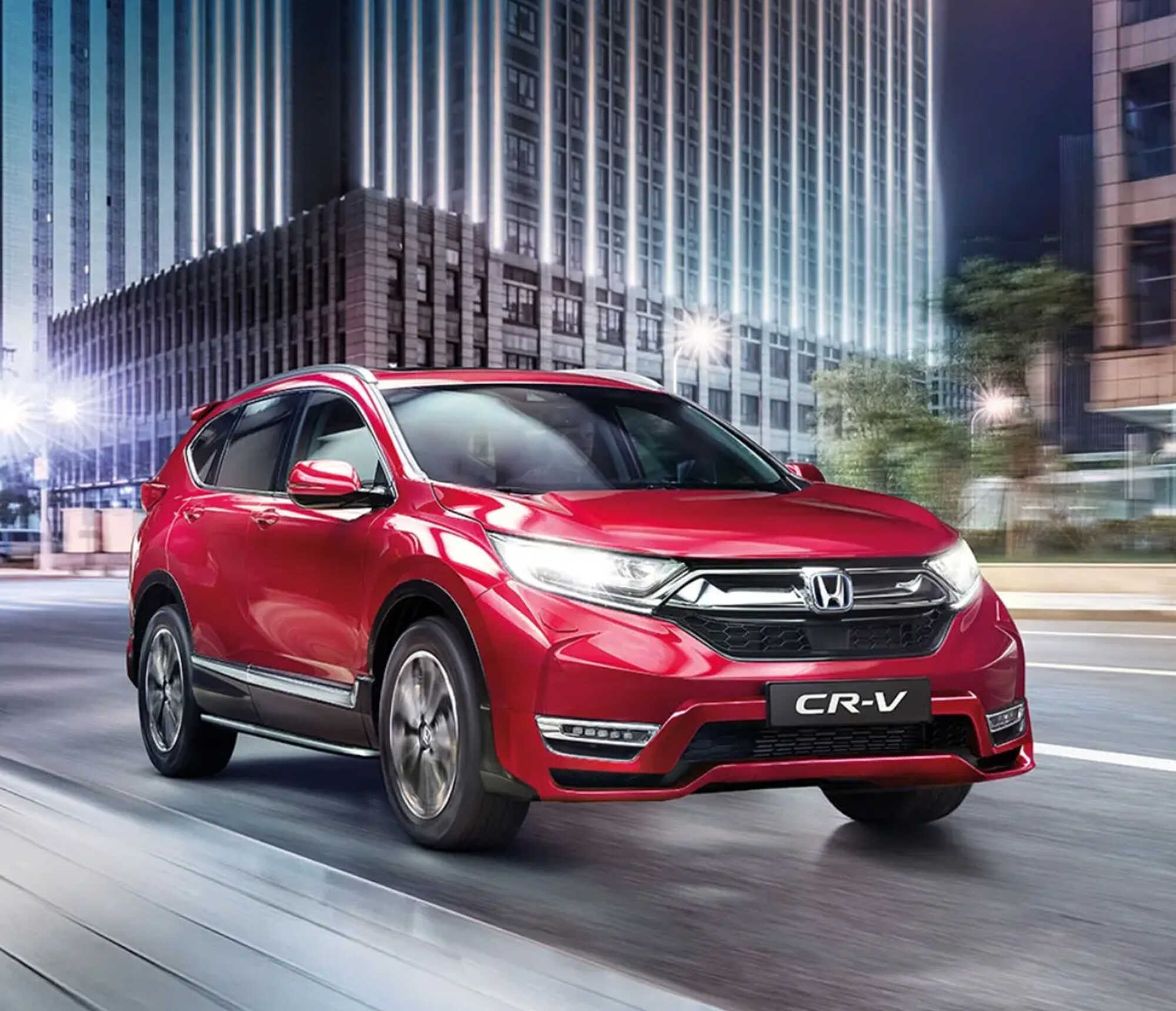COLD WEATHER DRIVING: YOUR ULTIMATE GUIDE
As winter bites, it brings with it some pretty unfriendly conditions for drivers. Hazardous conditions like heavy snow, strong winds, icy roads and poor visibility make it even more important to be safety-conscious when driving in winter. Poor weather also affects performance for many car parts - and breaking down is a lot more challenging in cold weather too. Luckily, planning ahead can reduce many of these risks.
Read on to discover our tips for safer, more reliable winter driving.
Battery care
Cold weather significantly impacts battery performance. As temperatures drop, the chemical reactions within the battery slow down, making it harder for the engine to start. In extreme cold, this might mean your car won’t start at all.
This problem is only worsened by the increased electrical demands placed on the battery during winter. Colder, darker weather means we use electrical accessories like heaters, defrosters, and headlights much more, putting extra stress on the battery and reducing its lifespan.
✅ ACTION: Get your battery tested and replaced if necessary to avoid a no-start situation on frigid mornings.
Change worn wipers
Visibility is crucial during the darker winter months. Effective windscreen wipers are essential for clearing rain, sleet, and snow, preventing accidents. Replacing wipers regularly can greatly improve visibility, ensuring you can see clearly and drive safely. Make sure your wipers are in top condition before winter fully sets in.
✅ ACTION: Replace old, worn-out or faulty wipers for maximum visibility.
Check your brakes
Your car’s brakes are vital for safety, especially when roads become slippery due to rain, ice, wet leaves or snow. Cold weather increases stopping distances, and road salt, while useful for melting ice, can accumulate on braking components and cause uneven wear. Regular brake inspections help maintain stopping power and prevent potential failures.
✅ ACTION: Ensure brakes are inspected regularly and repair work is carried out promptly.
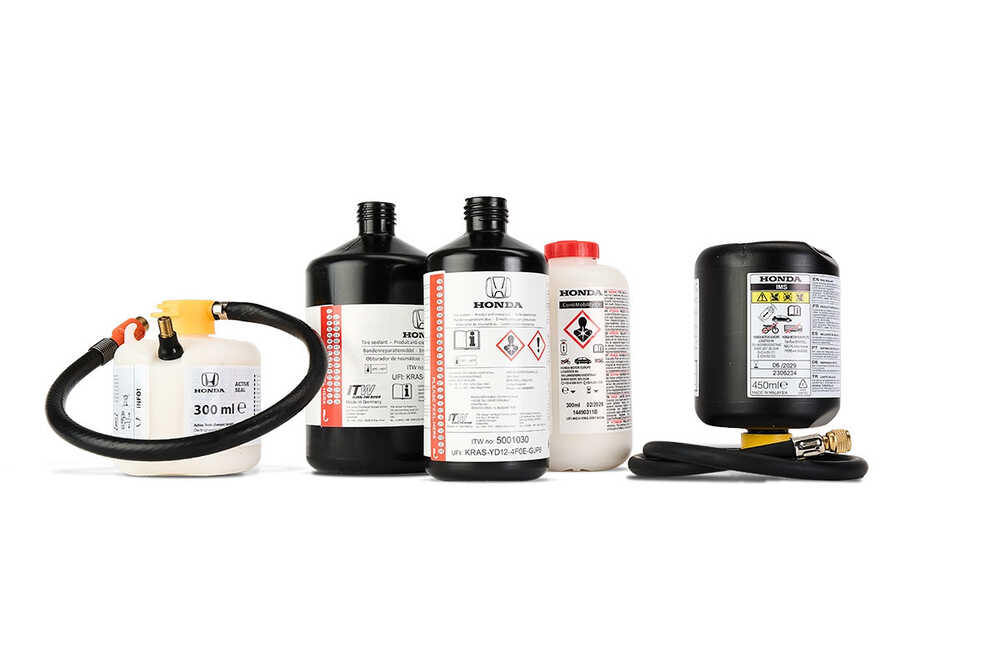
Be prepared for punctures
Winter brings more potholes due to freezing and thawing cycles, increasing the risk of punctures. Flat tyres are inconvenient in any weather, but no one wants to wait for the breakdown van in a howling gale - and for vulnerable passengers including the elderly, disabled and young children, this may even be dangerous.
✅ ACTION: Keep a tyre repair kit in your car so you can address unexpected flats quickly, ensuring you’re not left stranded in the cold.
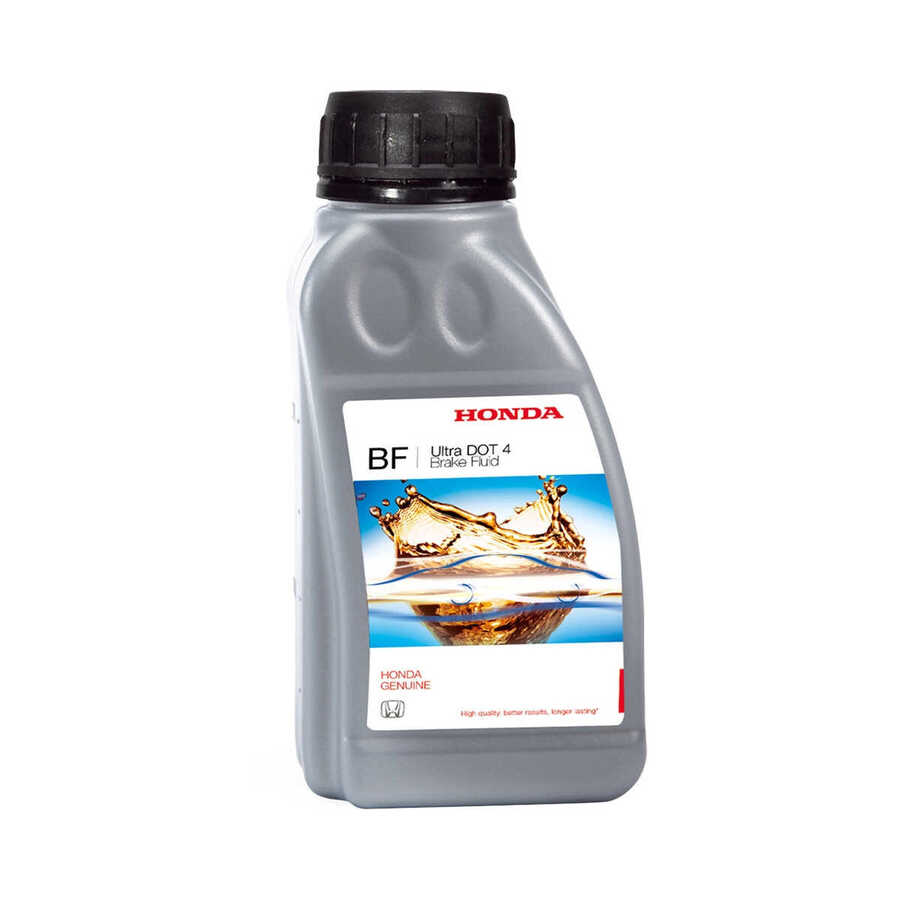
Replace brake fluid
Over time, brake fluid absorbs moisture from the air, reducing its efficiency. In cold temperatures, this absorbed moisture can thicken the fluid so much it stops working, with potentially dangerous results. Regularly checking and replacing brake fluid ensures that your brakes remain responsive and effective, providing the safety you need on winter roads.
✅ ACTION: Have brakes inspected regularly and replace brake fluid promptly to ensure your brakes perform reliably at any time of the year.
Don’t forget transmission fluid
Cold weather affects transmission fluid by making it more viscous, which can reduce its ability to lubricate effectively and impact gear shifting. Checking and maintaining the transmission fluid ensures smooth operation even in freezing temperatures, preventing wear and tear on your gearbox.
✅ ACTION: Ensure your car’s inspection includes transmission fluid checks, and replace compromised fluid for best performance.
Keep your engine air filter clean
The engine air filter prevents dust and contaminants from entering your engine. A clean filter is essential for optimal performance. When clogged, it can reduce airflow, leading to lower fuel economy, reduced acceleration and power, and even engine misfires.
✅ ACTION: Make sure your air filters are regularly inspected and replaced to ensure your engine runs smoothly throughout winter.
Love your Honda, and it will love you back
Regular vehicle check-ups are crucial, especially when transitioning from summer to winter. The shift in temperature can strain your car’s systems, making it essential to address these components early to prevent minor issues from escalating into major problems. Visit your closest dealer for a checkup. With just a little bit of preparation you’ll enjoy peace of mind on the roads all winter long.
Bonus tips for winter readiness
Check your tyres: Ensure they have adequate tread depth and are inflated to the recommended pressure. Winter tyres or all-season tyres can provide better traction in snow and ice.
Keep an emergency kit: Even with great preparation, breakdowns happen. Be prepared with essentials like a blanket, torch, first aid kit, water and non-perishable snacks. It’s also wise to carry a snow shovel and ice scraper.
Monitor antifreeze levels: Antifreeze prevents your engine from freezing. Make sure it’s topped up in the correct ratio for optimal protection.
Check your heating and defrosting systems: Ensure these systems are working properly to maintain comfort and visibility.
Clean and wax your car: Regular washing and waxing can protect your car’s paint from road salt and grime, preventing rust and corrosion.
Test your lights: Make sure all lights are working correctly to improve visibility in dark, foggy, or snowy conditions.
Looking for parts or accessories to winterize your Honda car?
Reach out to your nearest dealer to get your vehicle winter ready.


